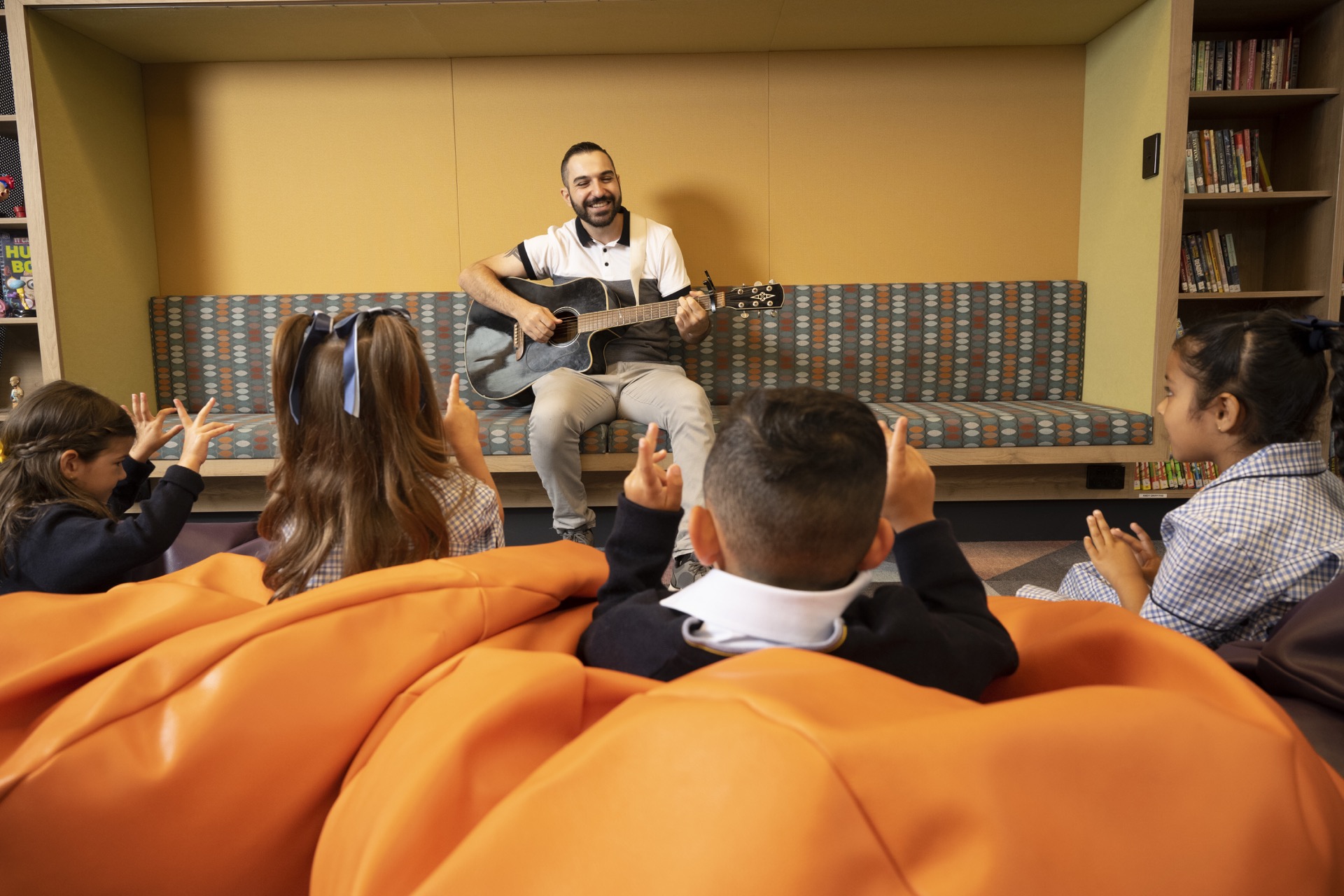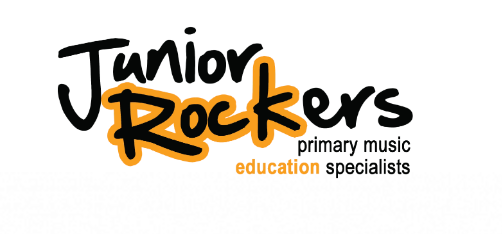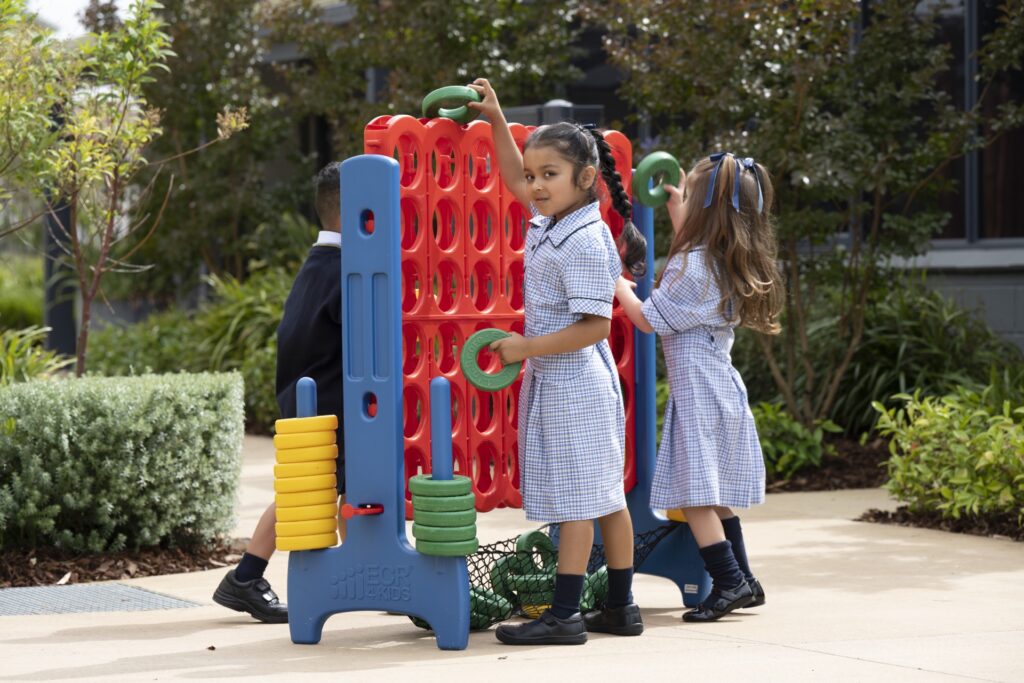
Welcome to another SPS Speech Box for 2024. This Speech Box discusses visual schedules and how they can be used at home to support your child’s development. Feel free to include it in your next school newsletter.
Using visual schedules at home
Visual schedules can be incredibly beneficial for children, especially when it comes to supporting their daily routines. A visual schedule is made up of pictures or words showing a sequence of events to be completed. It could be a schedule for getting ready for school in the morning, completing after-school activities, like homework and swimming lessons, or a weekly schedule showing what will happen across the week. There are several advantages to using a visual schedule in your home:
Independence:
Visuals schedules provide a clear, predicable structure for children. If a child uses a visual schedule, then they know what is required of them. A child who can see that they need to get dressed, eat breakfast and brush their teeth is more likely to start to do these things independently.
Visual schedules may provide children with a sense of autonomy and responsibility. They can start to follow the sequence of events without you having to keep reminding them.
Predictability
Children are more settled if they know what is going to happen and when it will happen. A visual schedule allows a child to know what to expect during the timeframe and what will happen next.
Flexibility
The advantage of visual schedules is that they can change each day. For example, if a child has swimming on a Tuesday afternoon, or a playdate on a Friday, then these can be added to the schedule so that the child can mentally prepare for the event.
Language and literacy development
Children will learn concepts such as ‘later, first, next, last’ during your discussions about the visual schedule. If you add words to the pictures you use on your schedule, children may begin to recognise these words and start to use them independently. Visual schedules can be created at home by:
Using pictures, drawings, or electronic devices to represent each step of a routine or activity. Placing visuals in a particular order to show the entire routine or the order in which steps/tasks need to be completed.
Supporting your child to use and understand the visual schedule, before gradually reducing your assistance so they can independently use and follow their visual schedule.
Visual schedules can be as complex or as simple as your child and your family needs them to be. They can add stability to your everyday life, even when you feel like you are rushing around!
If you would like further information, please contact the SPS Speech Pathologist at your school.
Kind regards,
Mala Ferdinando
Speech Pathology for Schools
www.speech.edu.au






































